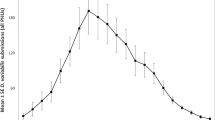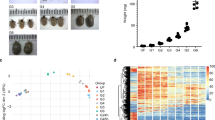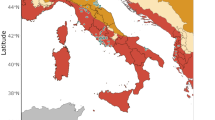Abstract
ONE of us (J. D. G.)—recently engaged in investigating the feeding habits of ticks at the Dominion Entomological Station at Kamloops, British Columbia, with special reference to the dissemination of disease—at the end of September, 1934, brought to the zoological laboratory at the University of Alberta, Edmonton, a limited number of adults of Dermacentor andersoni (native at Kamloops) for winter study. In contrast to their behaviour through the summer months, these ticks consistently refused to feed when brought to Edmonton in the autumn. Incidentally, one individual placed on a sheep at Kamloops, as early as the beginning of September, had refused to engorge and was finally removed after two weeks. This observation appears to agree with the experience of the Rocky Mountain Laboratory at Hamilton, Montana, where thousands of ticks are reared annually. FIG. 1. A. Adult female tick (D. andersoni) unfed. B. Engorged female, at the commencement of egg-laying, February 10, 1935. × 3.
This is a preview of subscription content, access via your institution
Access options
Subscribe to this journal
Receive 51 print issues and online access
$199.00 per year
only $3.90 per issue
Buy this article
- Purchase on SpringerLink
- Instant access to full article PDF
Prices may be subject to local taxes which are calculated during checkout
Similar content being viewed by others
References
Rowan, W., “Relation of Light to Migration and Developmental Changes”, NATURE, 115, 494; 1925.
Author information
Authors and Affiliations
Rights and permissions
About this article
Cite this article
ROWAN, W., GREGSON, J. Winter Feeding of the Tick, Dermacentor andersoni, Styles. Nature 135, 652 (1935). https://doi.org/10.1038/135652a0
Issue date:
DOI: https://doi.org/10.1038/135652a0



